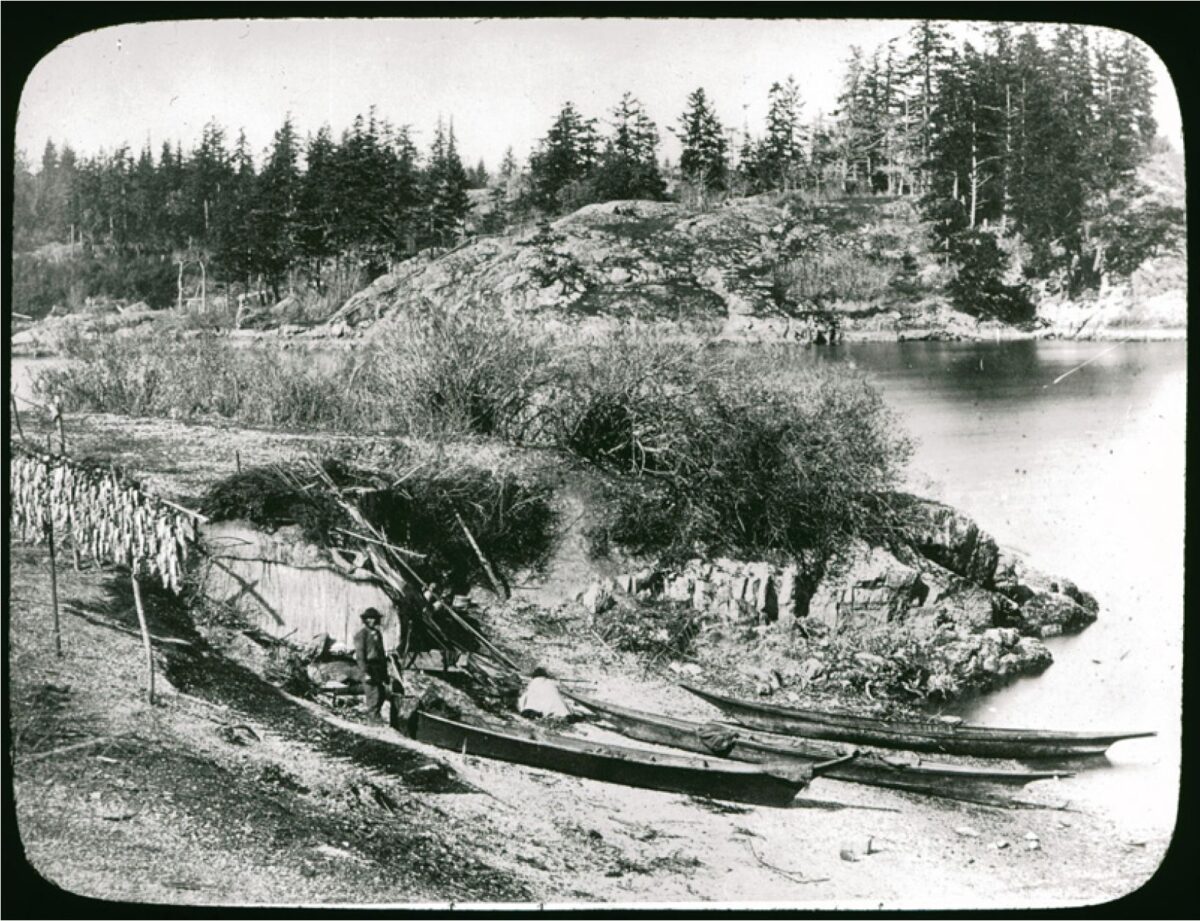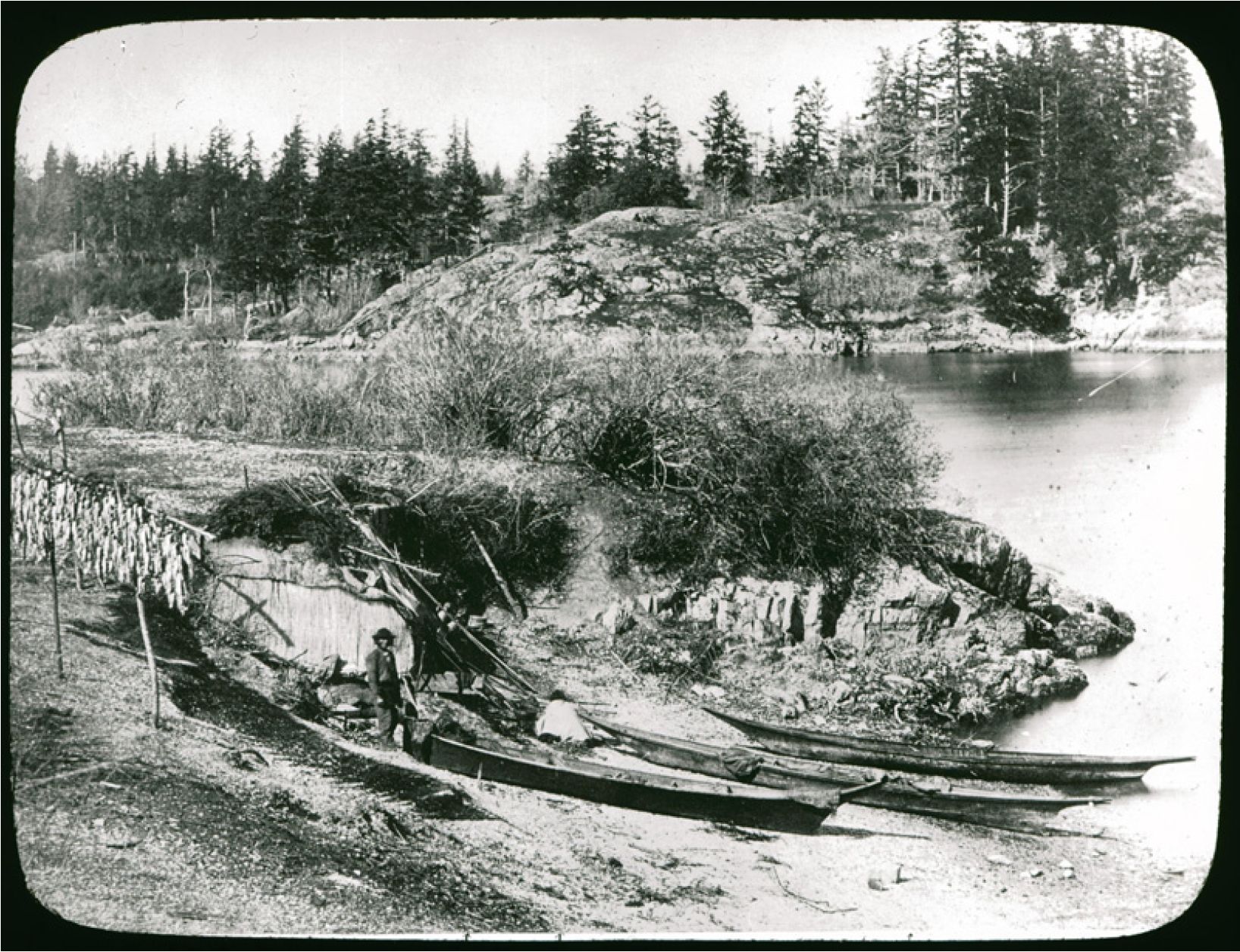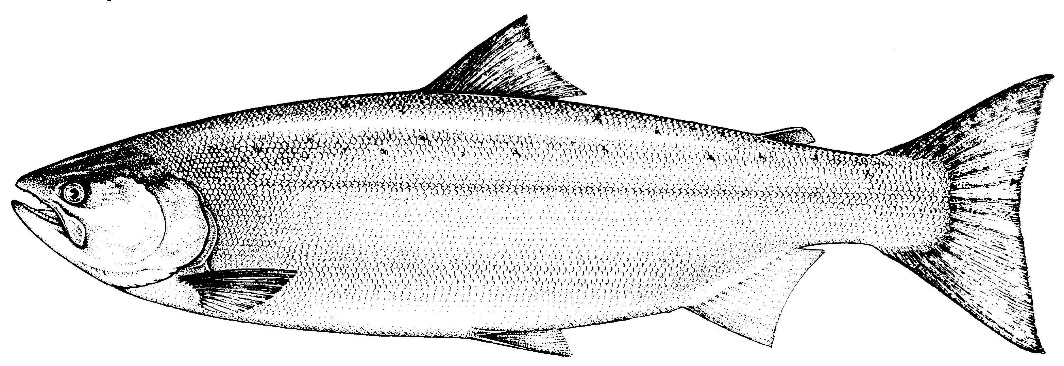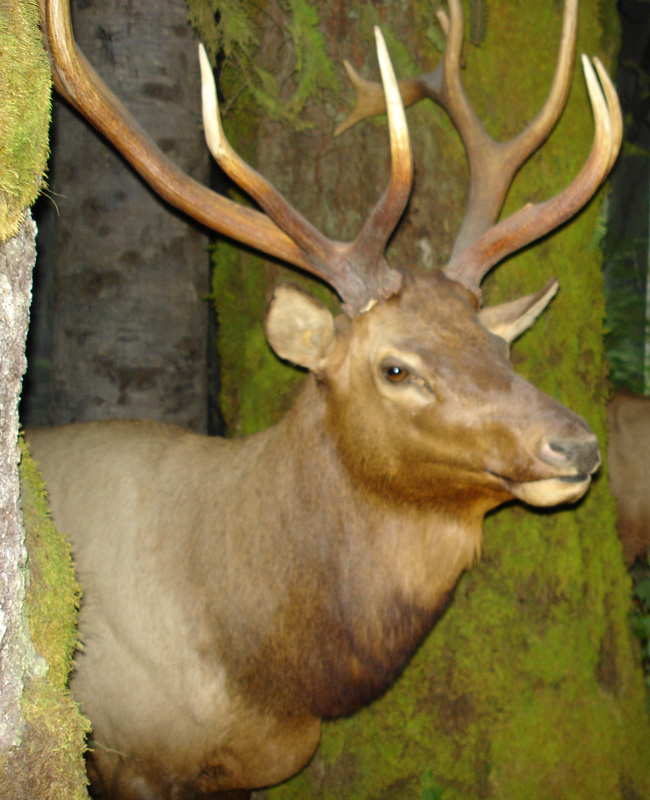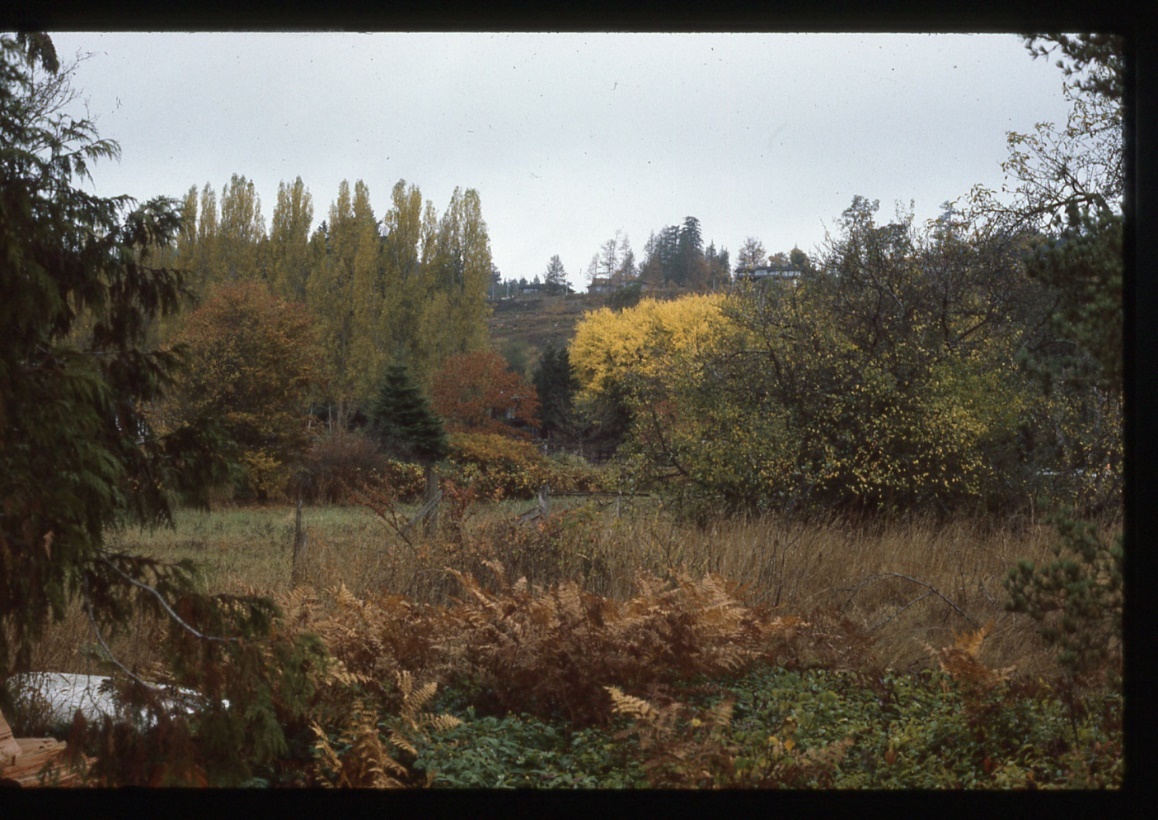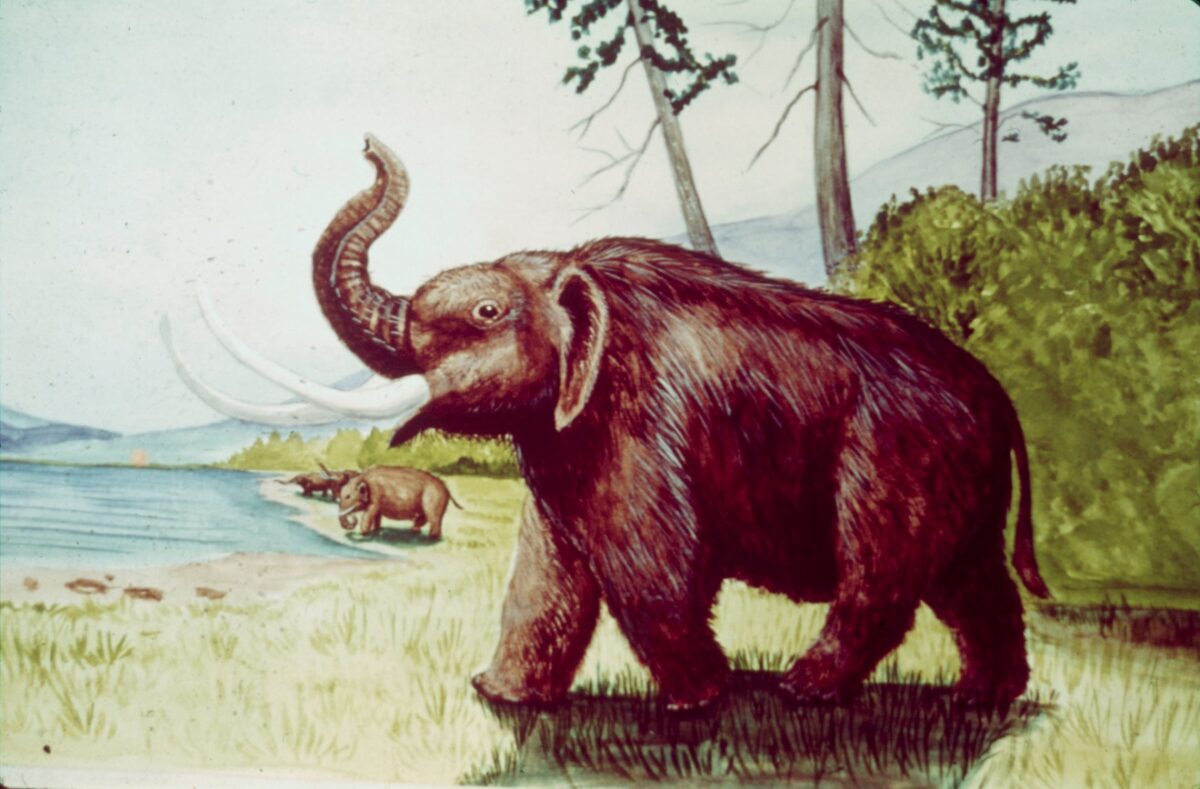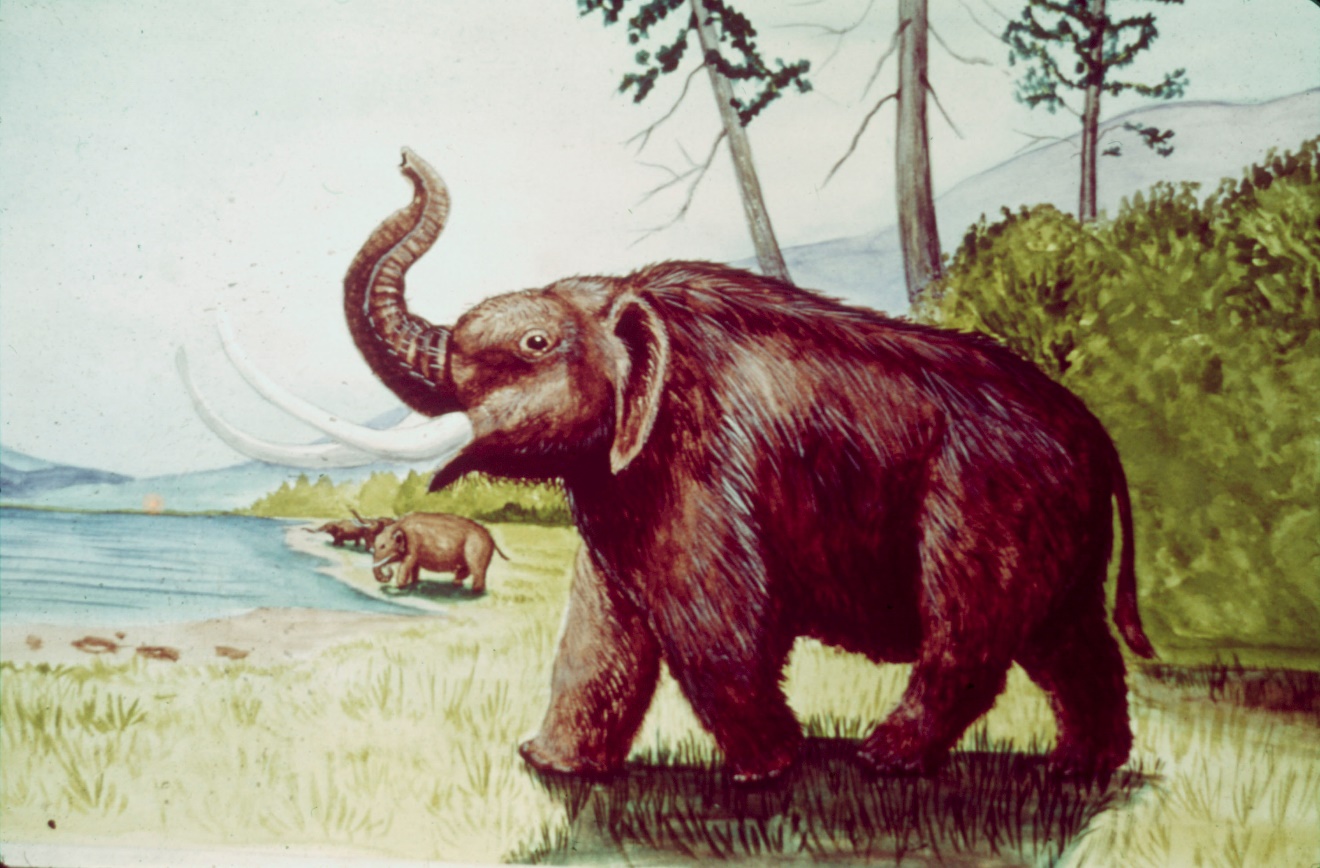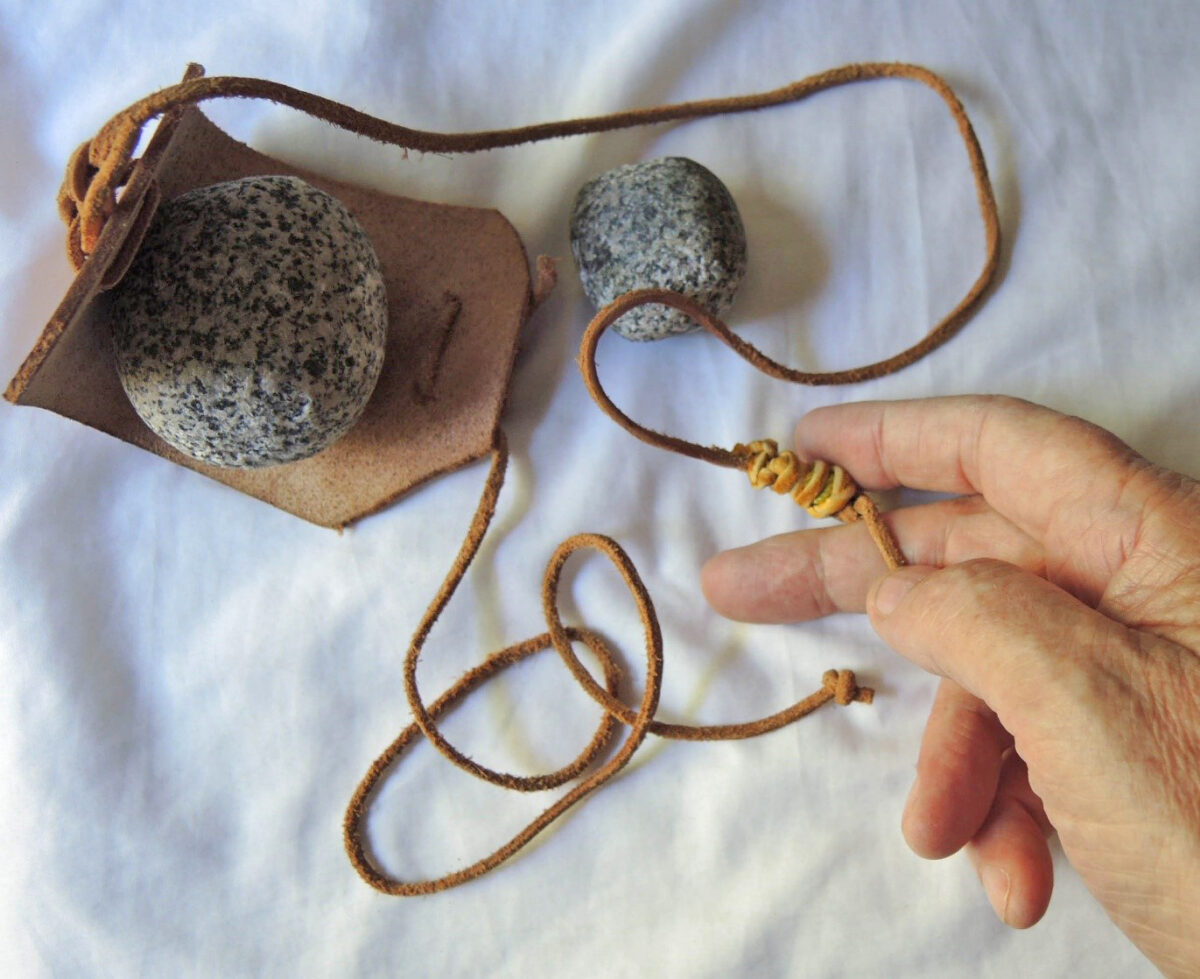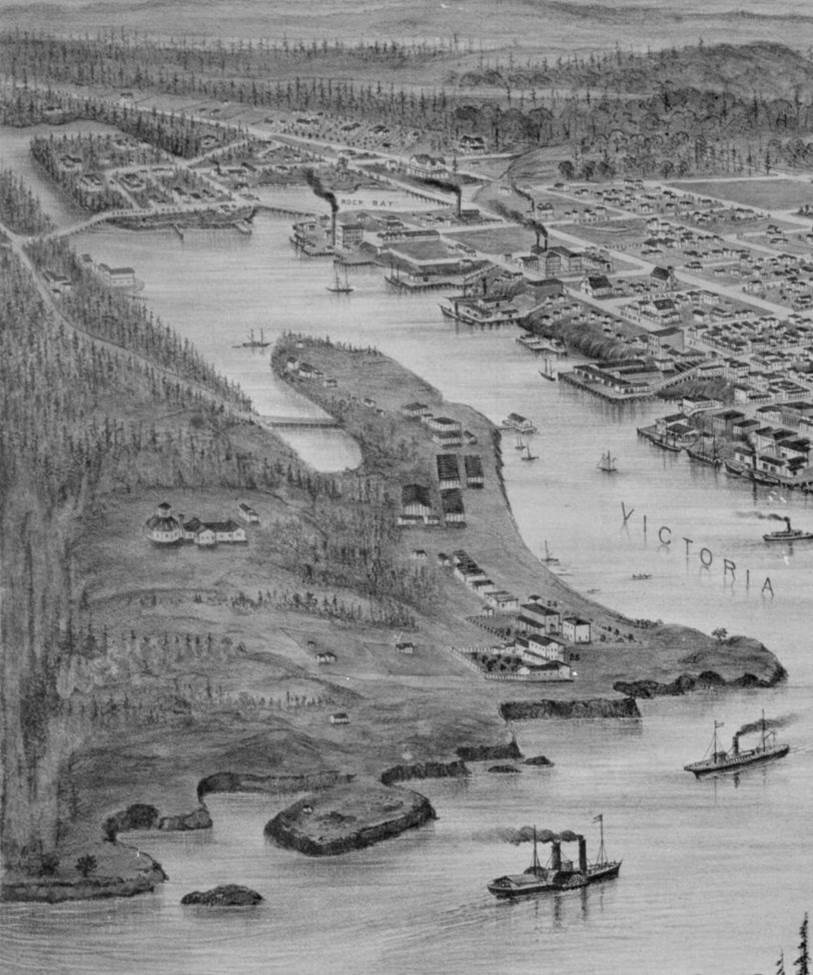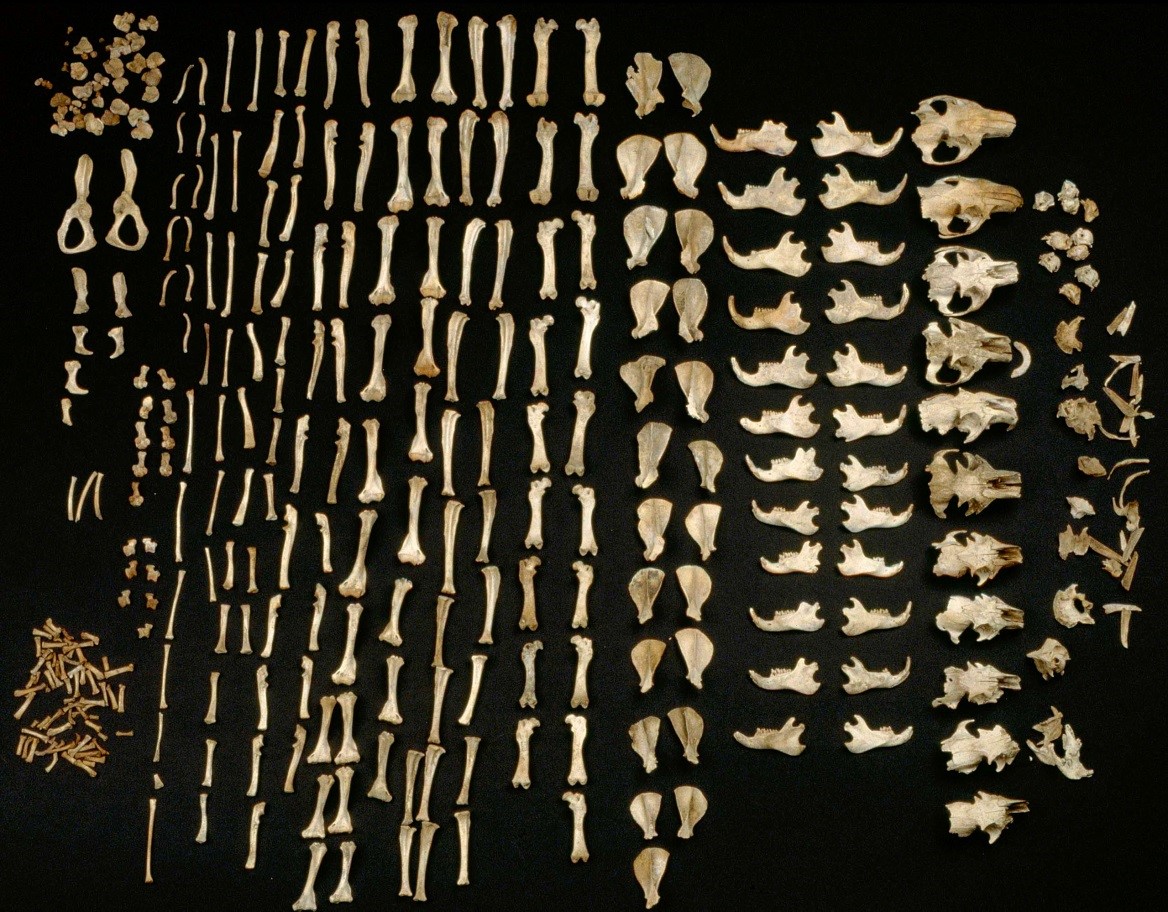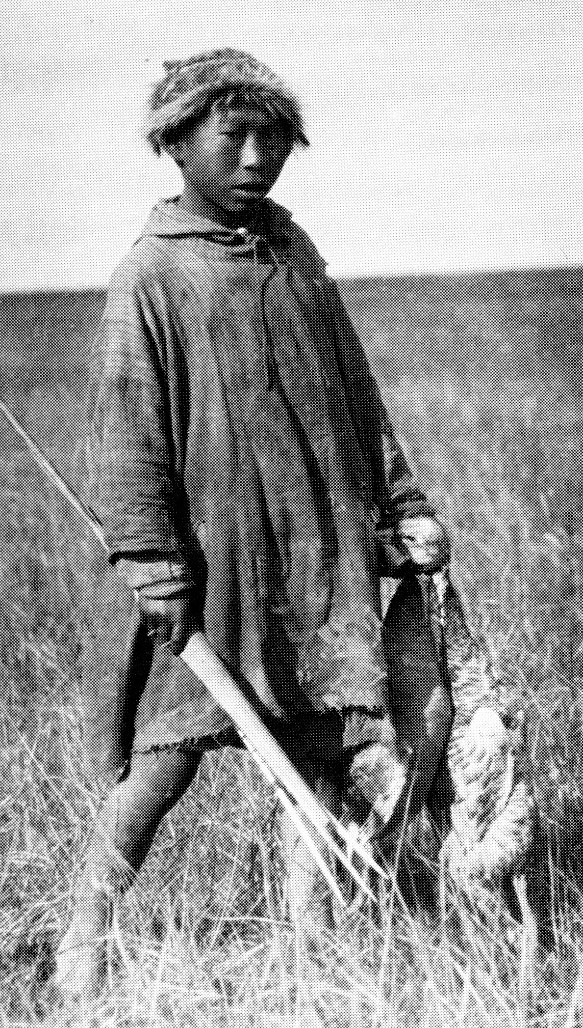
Grant Keddie. 2023. Introduction The identification of bone projectile points found in archaeological sites that were used as components of bird spears and bird arrows are difficult to identify. This is due, in part, to the lack of Museum ethnographic examples with accurate documentation. Old traditional bird spears or arrows are rare in Museum collections. With the introduction of iron and the gun, the components of the spears and arrows changed and then they disappeared from use. Bird spears have several components: a shaft, a central bone point with up to five other bone points of several sizes or two bone points positioned at the same level on the distal end of the spear. Most of these are barbed but … Continue reading “Bird Spears and Bird Arrows”
